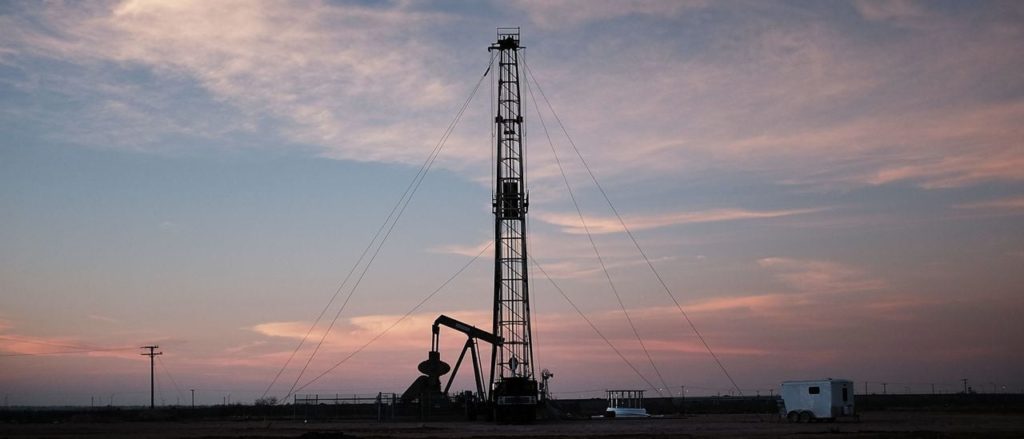The Environmental Protection Agency (EPA), is finalizing rules to limit methane emissions from oil and gas producers. This could increase costs for independent drillers or force them into bankruptcy.
According to the rule’s text, the EPA’s methane regulations, which will be implemented in 2023 by oil and gas well owners, will require them to plug methane leaks, and to adopt new performance standards for existing methane sources. Industry groups warned that such regulations could increase operating costs for small-scale independent energy producers and cause them to lose their business.
Lee Fuller, Executive Vice President of Independent Petroleum Association of America, stated that the EPA’s regulatory program can be extremely demanding on small wells. This can make it uneconomical if the rule doesn’t have careful drafting. This is worrying because Biden spoke of eliminating fossil fuels as soon as possible during the 2020 election.
According to the EPA, the proposed regulations would combat the “climate crises” by reducing 41 million tons methane and 920 million tons carbon dioxide emissions between 2023 and 2035. Methane, a “potent greenhouse gases”, contributes to climate change by trapping around 30 times more heat than carbon dioxide over 100 year.
According to the proposal, all wells that emit methane at least three tons per year are required to use optical gas imaging to look for potential leaks and “immediately repair” any found leaks. According to an Energy Department study, which was released in April, small well sites emit methane equivalent to less than six barrels per day, and are therefore below the threshold of three tons per year.
A spokesman for Kansas Independent Oil & Gas Association stated that the EPA should maintain a low production well distinction within the regulations. “Regulations that are designed for large wells don’t work well for low-production wells,” the EPA proposed rules were released on Nov. 2, the same date as Biden’s Global Methane Pledge, in which the president pledged to reduce methane emissions as quickly as possible during the COP26 UN climate conferences in Glasgow, Scotland. Reuters reported that Biden will attend Egypt’s COP27 conference just two days after the election. There, 40 countries will present new plans to reduce methane emissions.
Kathleen Sgamma, President of Western Energy Alliance, stated that small wells can become uneconomic quickly with the addition of complicated rules. She told the DCNF that operators would be unable to absorb the regulatory burden.
Biden signed the $370 billion climate spending bill by Democrats into law in August. It will impose fees on methane-emitting producers. Oil and gas companies will be required to pay $900 for each metric ton methane they produce in 2024, $1200 per ton 2025, and $1,500 2026.
Sgamma stated that the regulations affect 760,000 marginal wells, which produce about 8% of America’s oil and natural gases. Shutting them down would result in significant job losses and take away an important source for energy.
In a statement to the DCNF, the EPA stated that it had reviewed nearly 500,000 comments submitted in response to the proposal for methane and would soon release a supplemental proposal.


